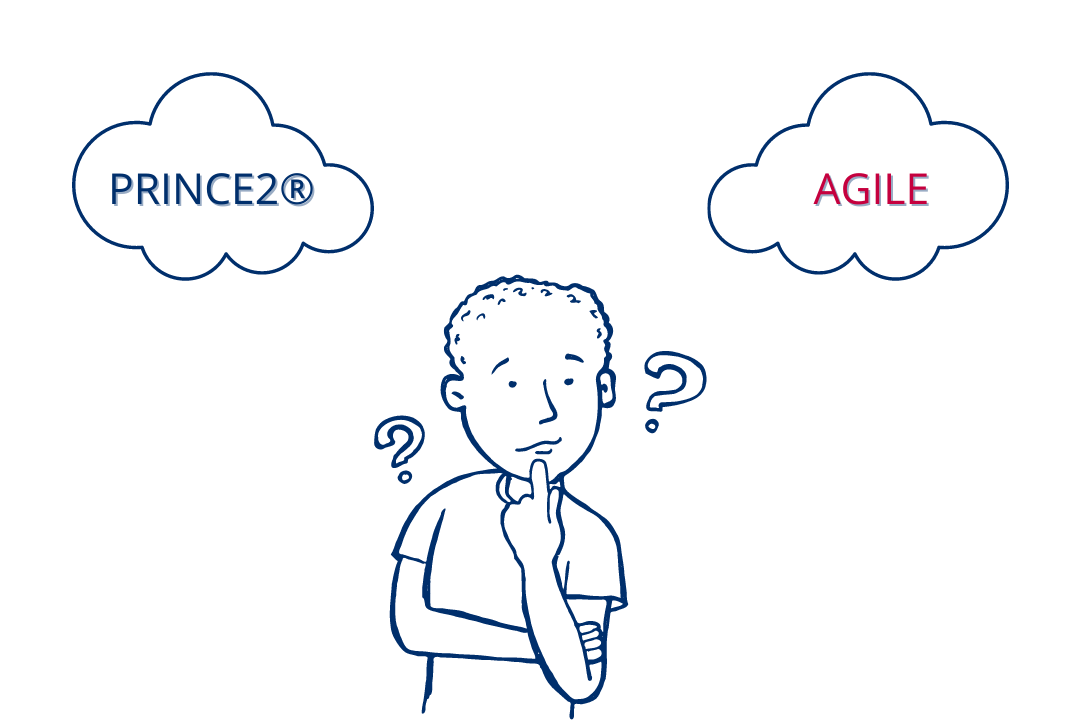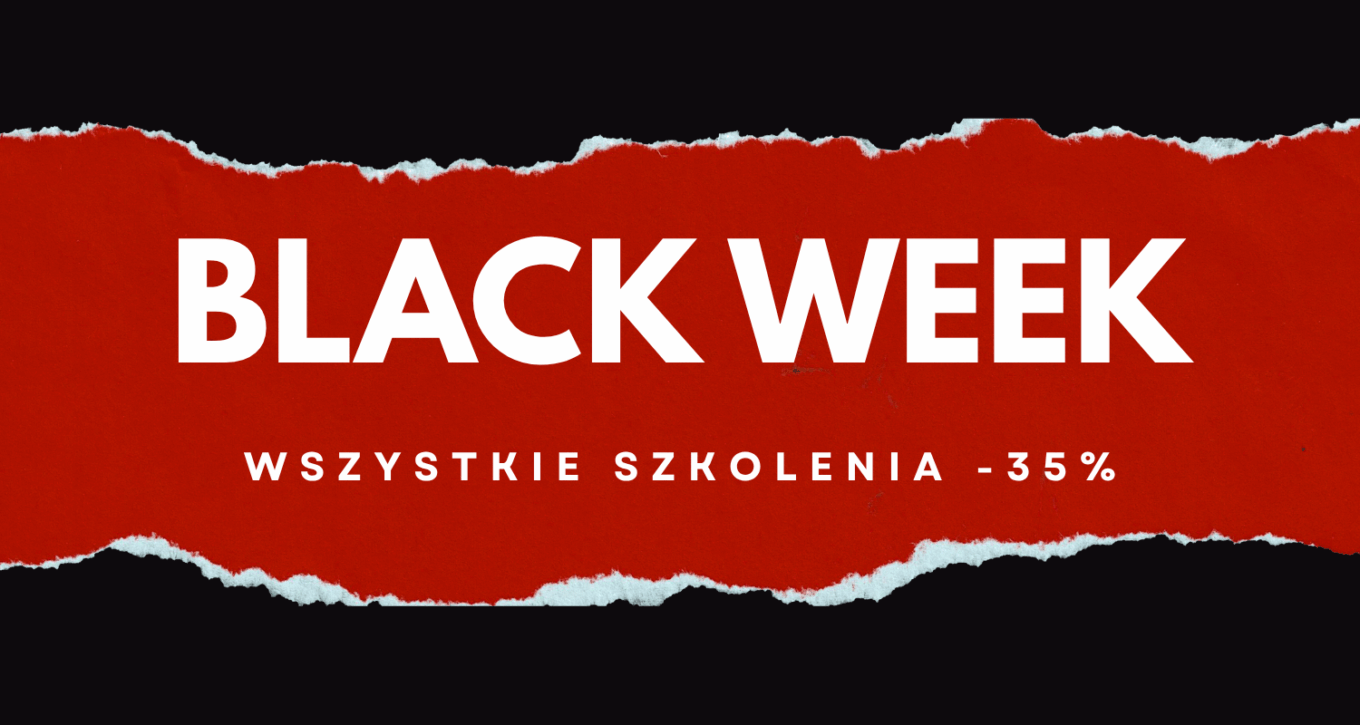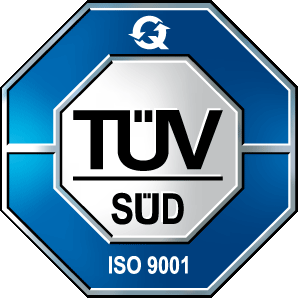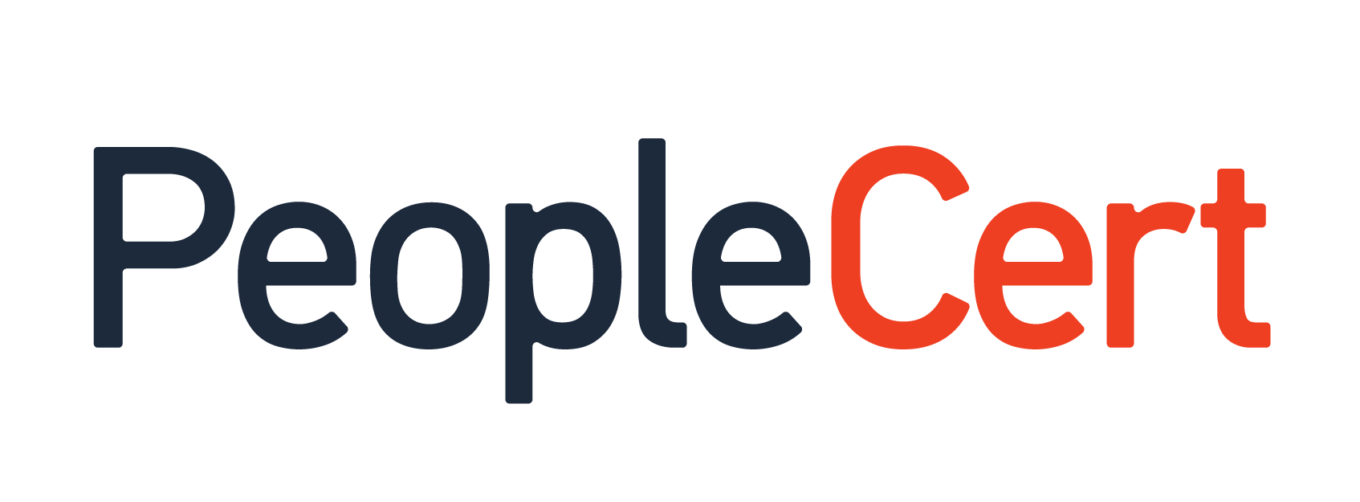I owe my entry into the world of "agility" to my friend. Nie będzie pewnie dla Was zaskoczeniem, że Michał jest informatykiem. To dzięki niemu miałem w rękach po raz pierwszy książkę „Agile Software Development with Scrum”, autorzy Ken Schwaber i Mike Beedle, wydanie z 2002 roku. Pożyczył mi ją na zakończenie dłuższej rozmowy, podczas której podzieliłem się z nim moimi fascynacjami na temat project management proces i pochwaliłem świeżo zdobytym certyfikatem PRINCE2®. No cóż, w największym skrócie, po tej deklaracji the discussion moved towards Agile vs. PRINCE2® 😉.
Today I know that our debate started with a wrong thesis, because the sentence "Which is better for project management, PRINCE2® or Agile?" contains an error. Let us assume for a moment that we identify the concept of Agile with Scrum. The Scrum Guide presents Scrum as follows: Scrum is a simplified framework that helps individuals, teams, and organizations create value by adaptively solving complex problems. (Scrum Guide, 2020). In turn, PRINCE2® is an abbreviation of the English equivalent of the words: projects in controllable environments (manual PRINCE2, 2018).
So where was the mistake? In the absence of defining the environment for conducting the project. My friend was referring to his experience from his own company based on a small team of developers, in which product development always came first. In my mind's eye I saw large, formalized organizations whose bloodstream was internal administration. Moreover, the products we delivered were completely different. While his team worked on innovative code, I mainly implemented projects with repeatable structure and well-defined deliverables.
Today I am convinced that these differences and several other factors should be taken into account to determine what will be more useful to us. Moreover, within one organization we can identify areas that require different approaches. One of our clients developed its internal project management methodology based on PRINCE2®. It must be admitted that having defined processes, recommended procedures and diagrams of as many as 26 documents, PRINCE2® is perfect for using it as a "ready-made". The methodology was perfectly suited to the client's infrastructure projects. However, it did not work for the development of an online store, which was worked on by an internal development team. Here I recommended Scrum to them with full confidence.
Of course, PRINCE2® and Scrum do not exhaust the set of action patterns that we can use. Sticking only to those close to me, I personally should mention PRINCE2 Agile®, AgilePM® and the entire range of approaches identified in the guide PMBOK Guide® released with Agile Practice Guide. Each of them is a source of inspiration for me, which I use on an ongoing basis in my work with clients. Each contains useful tips, ready-made mechanisms and valuable advice. Nothing but "take and choose". However, always remembering one thing: adapting to the project environment is the key to success.
Author of the article: Maciej Krupa










